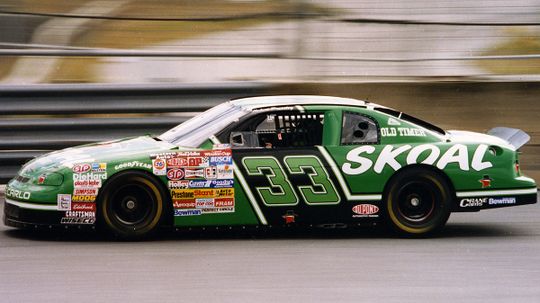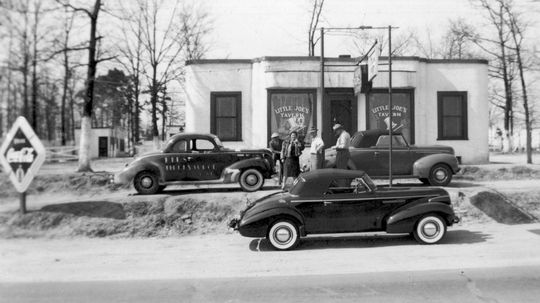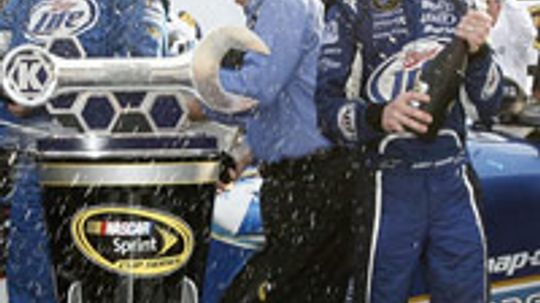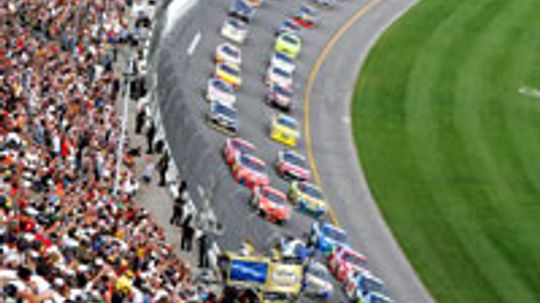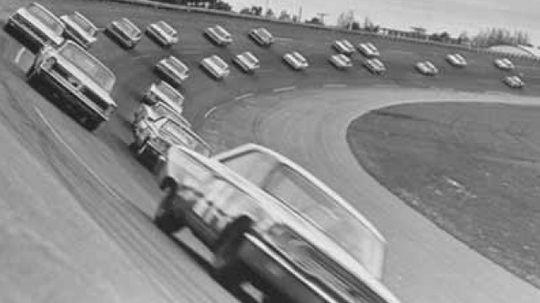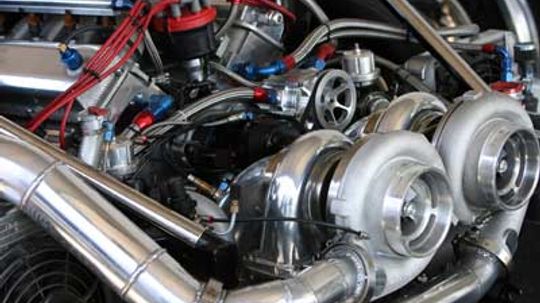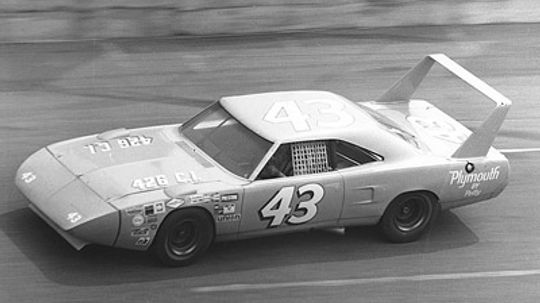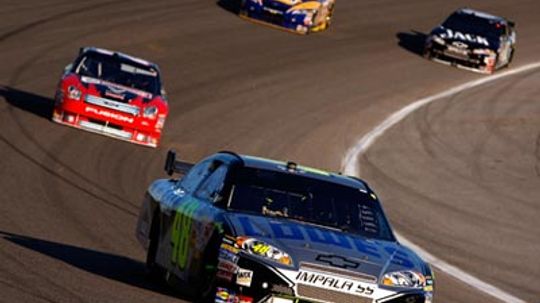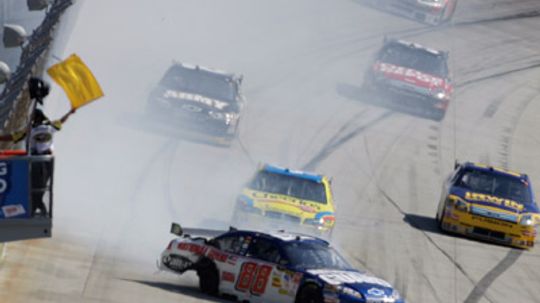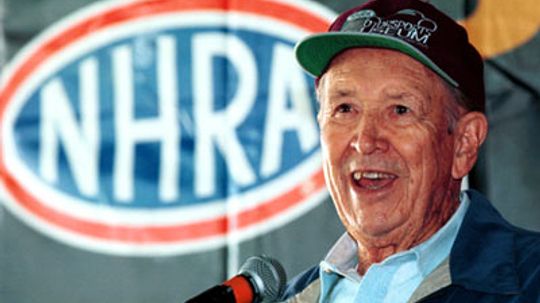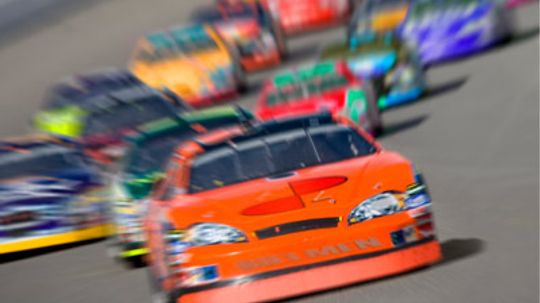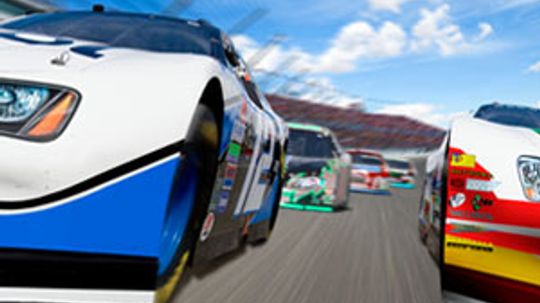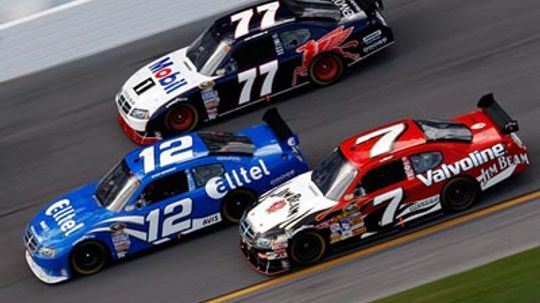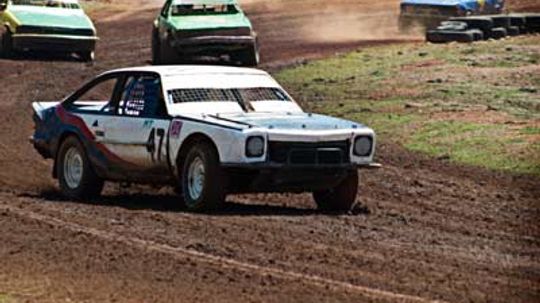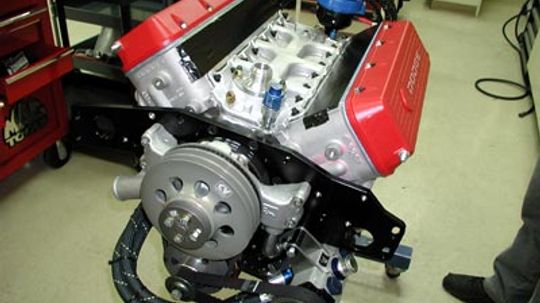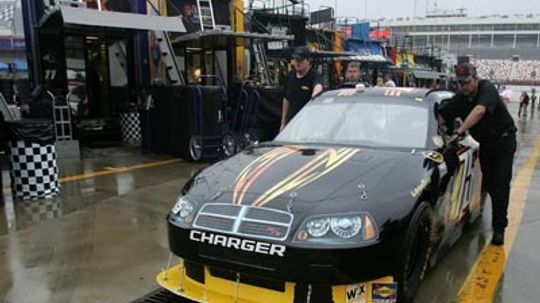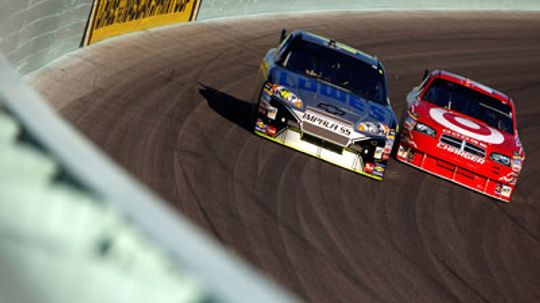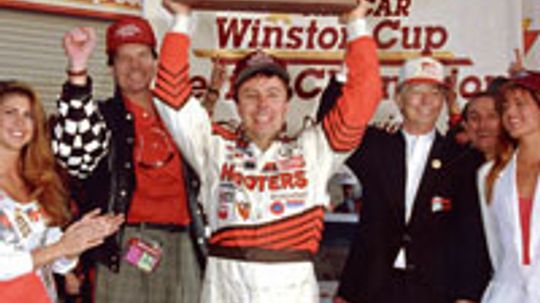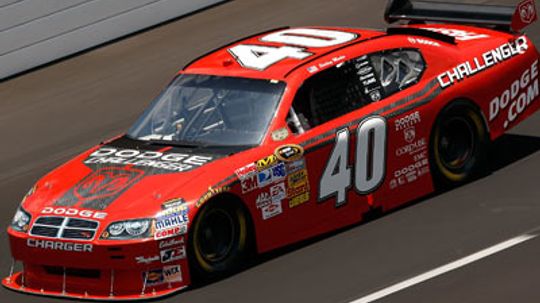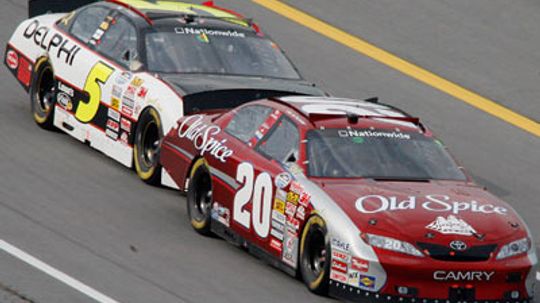NASCAR
NASCAR started in 1949 and has grown into one of the most popular sports in the world. Learn everything there is to know about NASCAR on the NASCAR Channel.
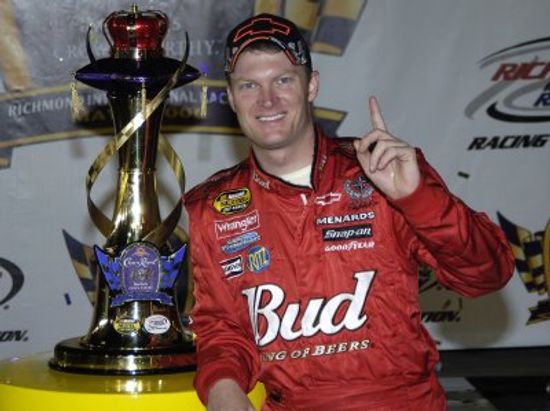
Dale Earnhardt Jr.
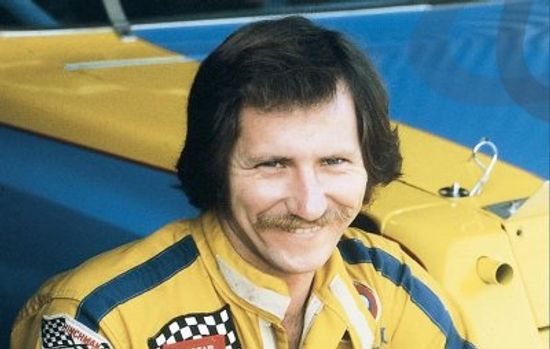
Dale Earnhardt
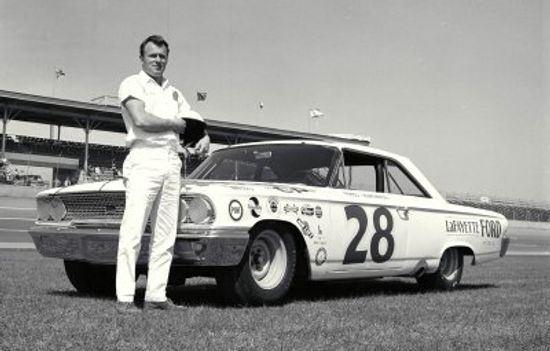
Fred Lorenzen
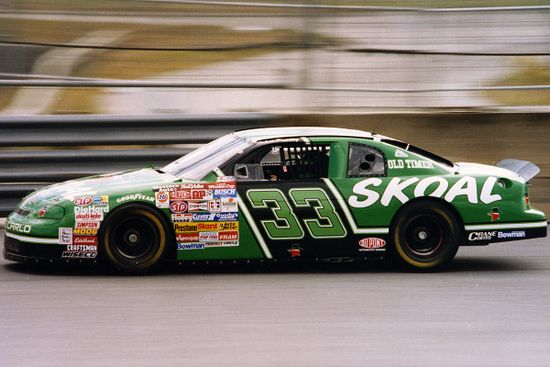
Why are green cars considered unlucky in NASCAR?
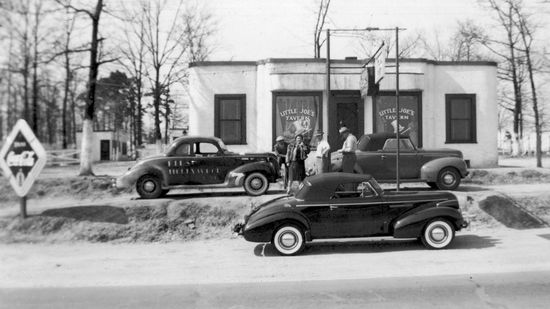
Did NASCAR Really Start With Bootleggers?
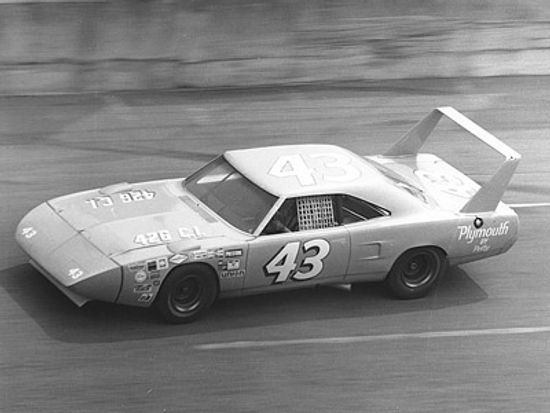
How does downforce help a NASCAR race car?
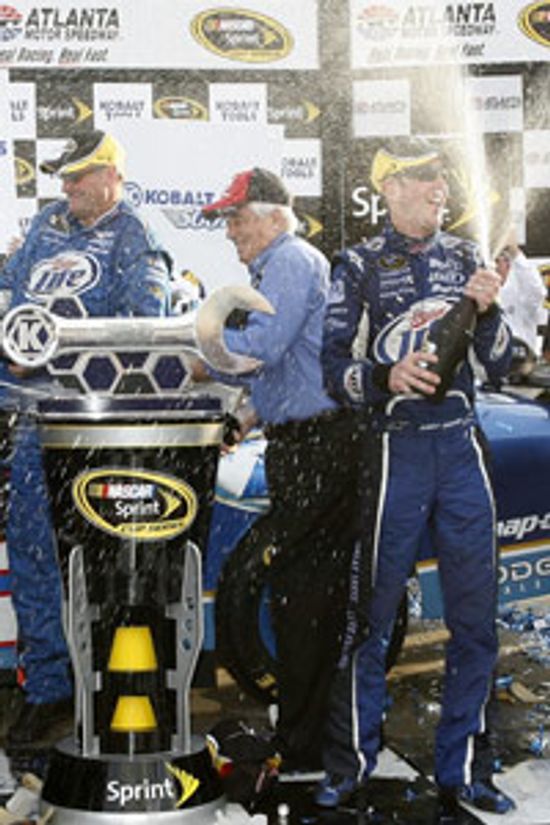
How Becoming a NASCAR Driver Works
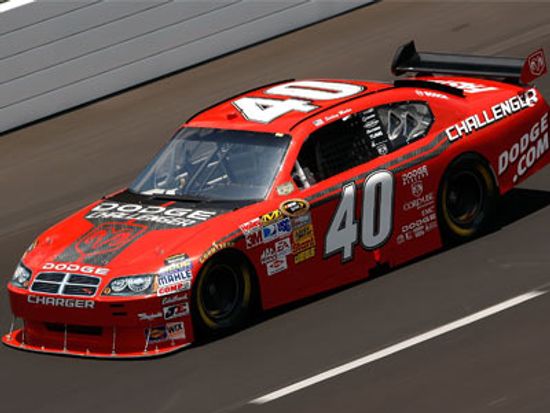
How does a NASCAR driver communicate with the pit crew?
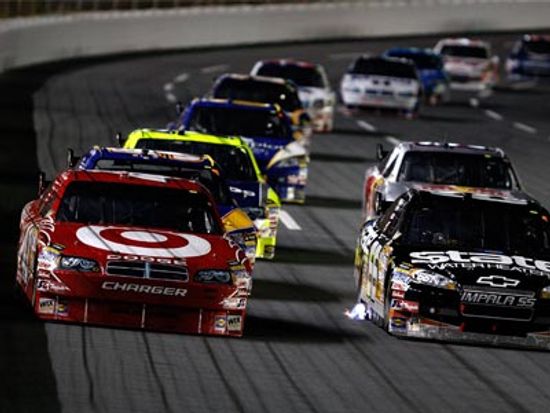
How the NASCAR Schedule Works

Are all stock car tracks the same?
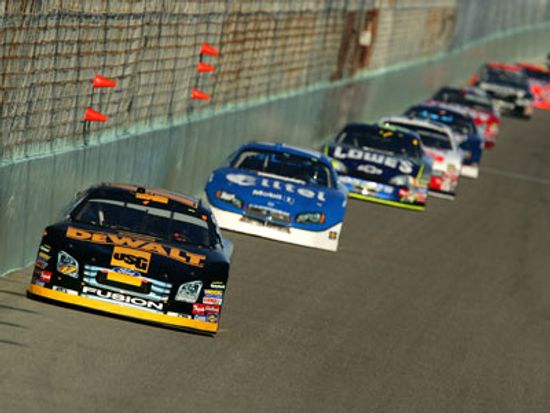
How NASCAR Racing Grooves Work
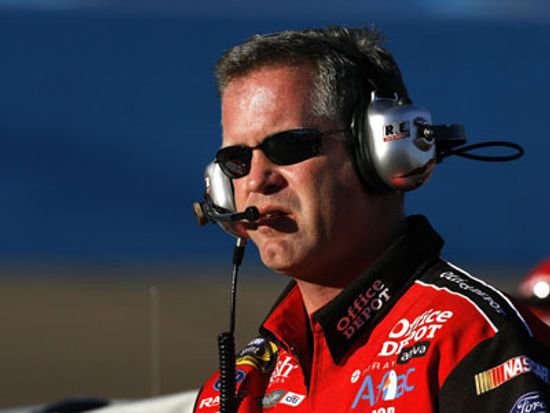
How does a NASCAR track physically change during a race?
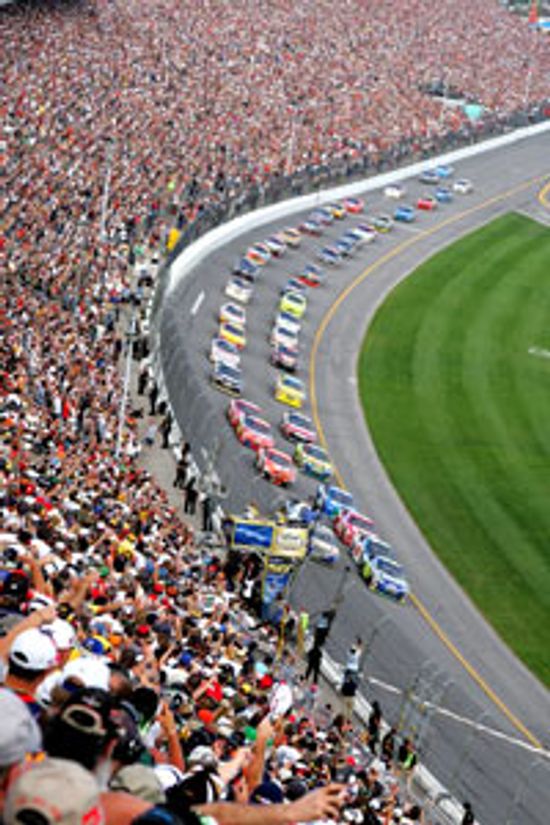
How Daytona Qualifying Works
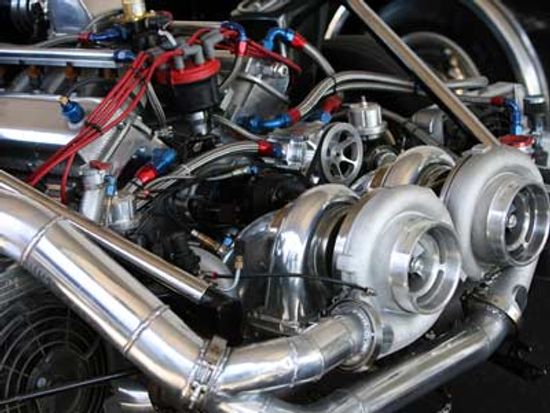
How Stock Car Telemetry Works

How Stock Car Aerodynamics Work
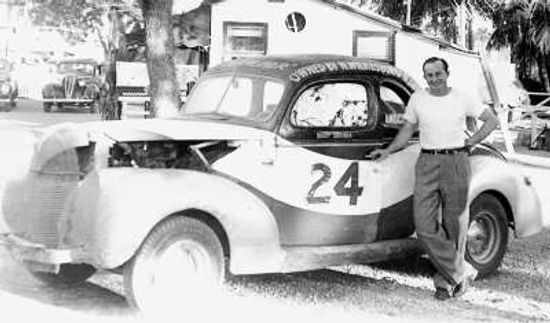
1947 NASCAR Recap
Learn More
Green race cars are considered unlucky on the NASCAR circuit. It's a superstition that began more than 100 years ago - decades before NASCAR was even formed. So why is the color green associated with failure in stock car racing?
The high-octane stock car races characteristic of NASCAR have become an American institution. But is it true that this billion-dollar industry traces its roots back to Prohibition?
Becoming a NASCAR driver is about so much more than just going fast. To make it to the top of the NASCAR circuit, you have to be strong, smart and hardworking, too.
Advertisement
Without a doubt, the Daytona 500 has the most unique qualifying format in the entire NASCAR season. What makes qualifying so unusual? How does a driver make it onto the starting grid for the race?
By Josh Briggs
Stock car racing was born in the days of Prohibition and has since exploded into the No. 1 spectator sport in the United States. How did Bill France make that all happen?
Telemetry is the remote collection and measurement of data. It usually involves some sort of wireless broadcast. Of course, remote data collection is important in many fields -- defense, medicine, even agriculture.
By Eleanor Duse
If you've ever seen a race car take-flight during a race, then you know how quickly one can suddenly resemble a low-flying aircraft. How do race car drivers keep their wheels on the ground?
Advertisement
For anyone interested in becoming involved in NASCAR or racing, the United States Auto Club is the place to start. So what all does the organization do for the sport and how can you become a member?
By Simon Shadow
NASCAR's gentleman's agreement was an unwritten rule that governed the behavior of the drivers in NASCAR's top racing series for almost 30 years. So what happened to the rule? Are there no gentlemen in racing anymore?
If you live for long weekends spent at the track, submerged in the whine of the engines and the roar of the cars as they shoot by, then you may want to learn more about the National Hot Rod Association (NHRA). What do they do?
By Simon Shadow
Aerodynamics is the study of how air moves, and it's a crucial element in stock car design. But it has changed car racing in ways some fans find infuriating.
Advertisement
Stock car drivers are the ones who get all the attention after a big win, but kudos also need to go to the team working behind the scenes on the car's suspension.
By Simon Shadow
Ever hear the saying that the game of life is won by inches? That's certainly true in stock car racing, when -- despite vehicle speeds that can exceed 200 miles (330 k) per hour -- mere inches are all that separate the winners from the losers.
Imagine soaring down the road in your Chevy Impala SS, leaning heavy into the turns. You're nearing 200 mph now -- as fast as your car will go. Then, zoom, zoom, zoom! This is stock car racing, and you've just been lapped at the final flag.
By Olivia Page
Stock car racing is a sport, full of rules and regulations, so you might conclude that all car racetracks are the same. After all, how different could they really be? Find out.
Advertisement
From the basic black of the Model- T to the brown and orange of the Home Depot runner, cars of all purposes have always had some sort of paint job. But NASCAR cars take color a little bit further than your own ride. Find out why.
By Olivia Page
NASCAR's a household name. The drivers are as famous as any other category of professional athlete. It's probably the thrill of speed. How can the drivers go so fast? It's not just the driving.
On any given weekend throughout most of the year, almost 800 dirt tracks come to life across America. Tickets are bought, prize money is won, autographs are signed and damaged cars are hauled away by wreckers.
NASCAR engines are known for their power, but a successful NASCAR engine also has to be reliable. The world's best engineers spend enormous amounts of money, time, and energy to build such powerful machines.
Advertisement
NASCAR in-car cameras have provided fans a sneak peek into the racing experience for decades. As simple as the cameras are, however, everything about them -- from the technology used to make them to deciding who gets one - - is decidedly complex.
You don't like driving in the rain, so imagine the difficulties that a NASCAR driver faces racing at triple-digit speeds with no windshield wipers. In fact, NASCAR usually cancels races in wet conditions for safety reasons.
Ever wondered why NASCAR drivers sometimes weave their cars from side to side for several laps during races? They're trying get rid of marbles, little balls of rubber tire detritus that can prove dangerous to drivers.
By Josh Briggs
NASCAR racing has changed since the days of street-legal cars driving on dirt tracks. Today's teams have budgets of $20 million or more. Just how much of that is spent on cars?
By Dave Roos
Advertisement
Wouldn't it be great to listen in on your favorite NASCAR driver's race day strategies? You'd be sort of like a fly on the wall -- except the wall would be moving at 200 mph.
If you're a fan of NASCAR racing, then you've probably heard about the draft. But what's really happening out there on the track? And why do some drivers claim to "see the air?"
By Eric Baxter
